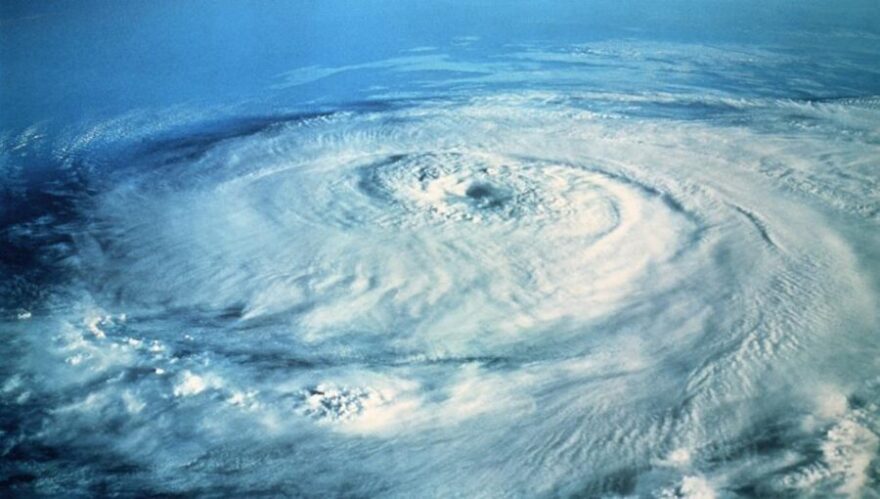The hurricane forecast team at Colorado State University issued a slightly decreased storm forecast Wednesday, calling now for 16 named storms and 8 hurricanes -- one less in each case from initial forecasts -- and a slightly above-normal 2025 Atlantic basin hurricane season.
Releasing the downgrade Wednesday morning, the CSU team’s report said the primary reason for the slight decrease is both observed and predicted high levels of Caribbean shear.
"The primary reason for the slight decrease in the outlook is both observed and predicted high levels of Caribbean shear," the team said in a release about the downgrade Wednesday morning. "High levels of Caribbean shear in June/July are typically associated with less active hurricane seasons."
But the CSU report also anticipated a slightly above-average probability for major hurricanes making landfall along the continental United States coastline and in the Caribbean.
"Sea surface temperatures across the eastern and central Atlantic are slightly warmer than normal, but not as warm as they were last year at this time," the report said. "A warmer-than-normal tropical Atlantic combined with likely ENSO neutral conditions typically provides a more conducive dynamic and thermodynamic environment for hurricane formation and intensification."
Initial forecasts from the CSU team in April and June called for 17 named storms, nine hurricanes with four of them major category storms. The updated forecast now calls for 16 named storms, eight hurricanes and three of them major status storms.
The updated report also issued probabilities for at least one major (category 3-4-5) hurricane landfall on each of the following coastal areas (After 8 July):
- Entire continental U.S. coastline – 48% (average from 1880–2020 is 43%)
- U.S. East Coast Including Peninsula Florida (south and east of Cedar Key, Florida) – 25% (average from 1880–2020 is 21%)
- Gulf Coast from the Florida Panhandle (west and north of Cedar Key, Florida) westward to Brownsville – 31% (average from 1880–2020 is 27%)
The probability of one major hurricane (3-4-5) tracking through the Caribbean after July 8 was put at 53 percent (average from 1880–2020 is 47%).
As with all hurricane seasons, coastal residents are reminded that it only takes one hurricane making landfall to make it an active season. Thorough preparations should be made every season, regardless of predicted activity.
The forecasting was conducted by the Colorado State University's Department of Atmospheric Science.
WGCU is your trusted source for news and information in Southwest Florida. We are a nonprofit public service, and your support is more critical than ever. Keep public media strong and donate now. Thank you.







